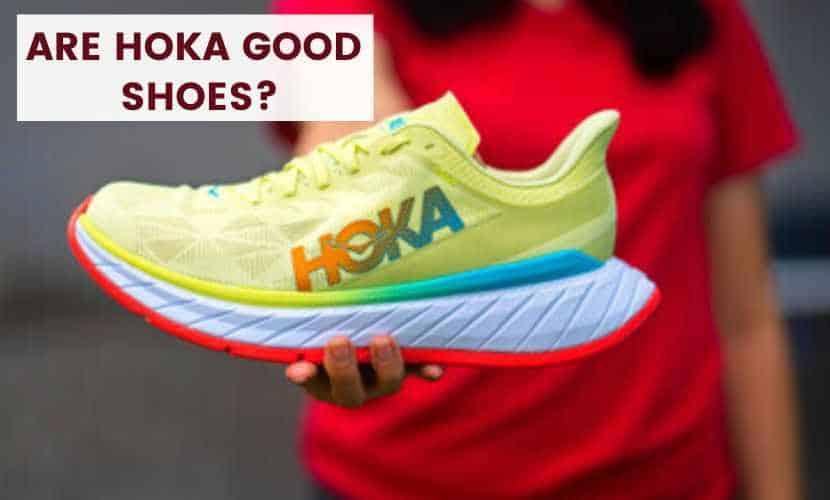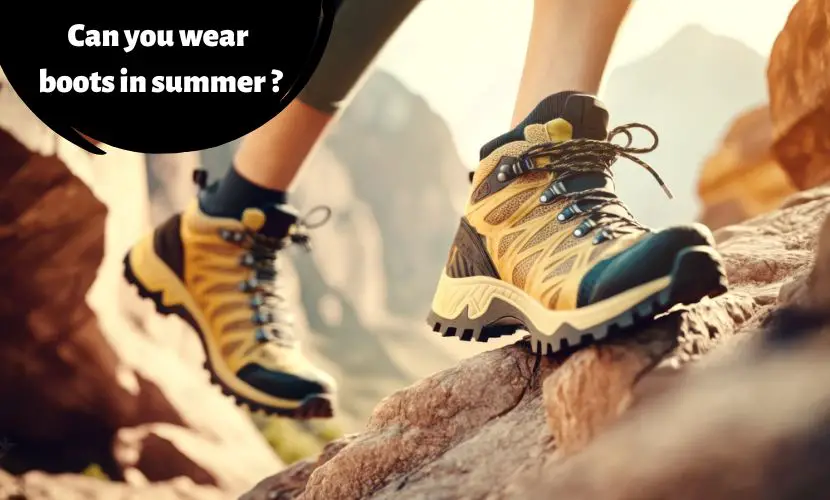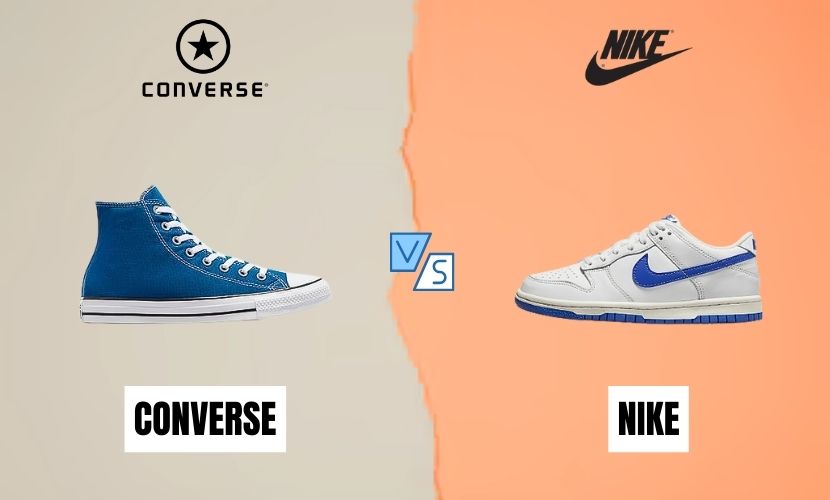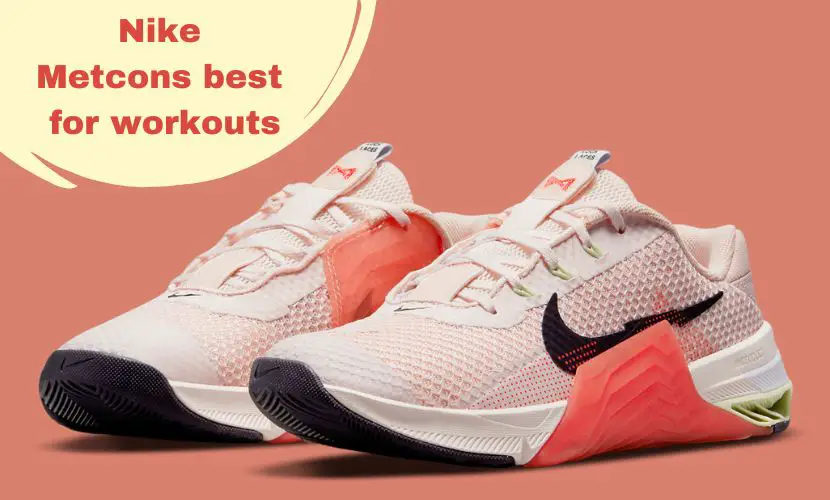We are all aware that beauty is accompanied by pain. But would you want it to apply to the shoes you wear every day? Not at all!
So, if you’re looking for work boots that won’t cramp your style, Timberlands won’t disappoint. The big question here is are timberland boots comfortable when compared to other bootṣ.
Yes, Timberland boots are comfortable if they are properly fitted. They have a fatigue-free, well-stitched, waterproof construction that effortlessly supports the arch and heels. But on a bitter note, they can cause blisters, ankle pain, sole splits, and are often hard on the heels.
So, can you make them more comfortable? Continue reading to learn everything there is to know about Timberland and how to make them more comfortable and flexible for your feet.
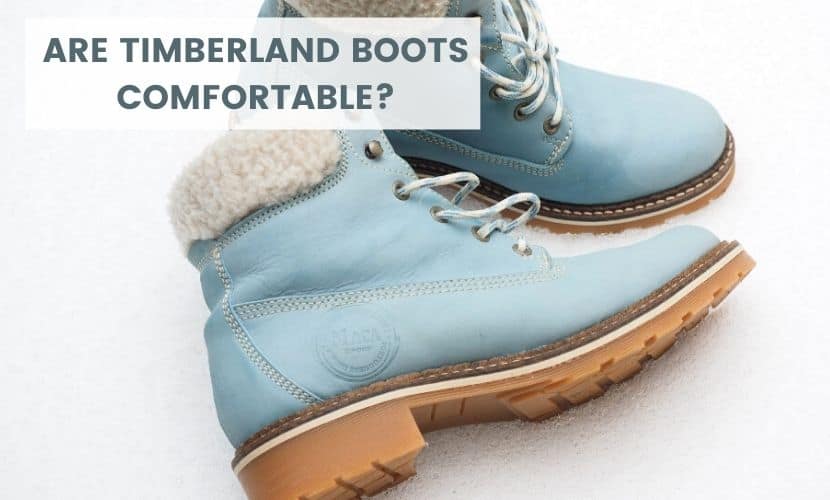
How Do I Make My Timberlands More Comfortable?
To make your boots more comfortable, find the right size (usually a half size smaller than your regular boot size), prepare to avoid blisters (wear socks, vaseline, etc.), break them in if necessary, and stretch them if necessary.
How Long Does It Take To Break Into Timberlands?
You shouldn’t have to wait long to get into Timbs. As soon as you put them on, they should feel snug and comfortable. However, some people require a short break-in period, which can last a week or two depending on the width of your feet and the type of boot.
Read more on: Lucchese Boots: Everything You Need To Know
How To Break In Timberland Boots
If you’re having trouble breaking into Timberlands, here are some alternatives you could consider:
- Pair your Timbs with thick socks for added cushioning and protection against blisters.
- Test your boots by either wearing them around the house or going for a short hike for around two hours.
- Moderation is the key. Give your boots some time to break in, and avoid overwearing them in the first few days to avoid discomfort.
- Place a water bag in each boot and leave them in the freezer overnight. The next day, dry and wear the boots, and they should fit perfectly.
- After the boots have dried, spray them with boot stretching spray and wear them. Do this three times for at least a week.
- To stretch and keep your boots crease-free, spray mink oil or a leather conditioner inside your boots.
- Immediately after applying the leather conditioning or boot stretching spray, stuff some newspaper or paper towel balls inside the boots. Next, leave your boots for up to five hours to stretch.
Do Timberlands Stretch?
Timberlands, like all nubuck-made products, stretch and require a short break-in period for some users. However, Timberlands run big, small, and true to size, depending upon the type worn. For example, the PRO series boots run big, and you will need to go size half down than your regular boot size.
Timberlands can also be stretched manually using common stretching methods such as newspaper stuffing, boot stretchers, stretching sprays, and so on.
Are Timberland Boots Tight At First?
Yes, Timberlands, particularly the Yellow Boot, appeared to be too small at first for some users. However, if your boots take more than a night to break in, you may have ordered the wrong size.
To answer your question, Timberlands typically run large and can be loose or tight depending on the size you purchase.
Are Timberland Boots Durable?
Yes, Timberlands are among the most durable and long-lasting boots available. They have premium waterproof layers, sealed stitching, and tufted rubber soles.
So, with proper care and use, you can easily keep them for years without having to replace them. However, if not handled carefully, these boots have a bad reputation for sole-spitting, which occurs when the sole cracks after a year or two.
Are Timberlands Good For Hiking?
Timberland’s hiking boots, such as the White ledge, Chocorua, and Mt. Maddsen, are perfect for hiking.
They are lightweight, breathable, and extra waterproof, with anti-fatigue and removable insoles, making them ideal for scaling traction while hiking. The Timberland Classic 6′′ work boots are bulkier, less waterproof, have fragile insoles, and are too warm to be worn out in the heat for extended periods of time.
Therefore, if you are planning to pair up your Yellow Boots with your hardcore climbing, then ideally, you shouldn’t give it a second thought.
Are Timberland Boots Good For Feet?
If you’ve got a perfectly fitted Timberland and are still concerned about your feet, we’ve got some news for you.
Timberlands are both beneficial and detrimental to your feet. They are good in the sense that their design and stitching resonate with the balance, support, and grip you need for walking comfortably. They have removable intrinsic arch support, a boxy-shaped forefoot, and low-heightened heels for this purpose, making them ideal for people with bunions, heel spurs, or plantar fasciitis.
However, if not worn properly, they can cause blisters and ankle pains and are not always suitable for long-distance hiking. However, the situation can always be reversed.
Read more on: Do You Wear Socks With Uggs?
Are Timberland Boots Good For Winter?
Despite the fact that Timberlands are all-weather boots, they are specifically designed to be worn during the winter. Why? It’s because, in order to go for a walk in the winter, boots must be comfortable, insulated, and traction-friendly.
So, are timberlands good for winter and snow? The answer is a big Yes, and here’s what we have to say about it:
Timberland boots have a tight waterproof and double-layered finish thanks to the GoreTex, TimberDry, and nubuck leather surface, giving your feet the right warmth, toughness, and breathability to toss over snowy grounds and extreme weather.
Why Do My Timberlands Give Me Blisters?
If you’ve recently begun wearing Timbs, you may have noticed tiny bumps and blisters on your feet, particularly near your ankles. It’s one of the most frequently discussed topics among customers, and you’re not alone.
So, what causes Timberlands to cause blisters? There are two possible explanations:
1. Poor-fitting:
If you experience bruising and blistering on a regular basis while wearing Timberlands, it could be due to an improper fit. You either ordered a size that is too small for you, or the boot design is incompatible with the anatomy of your feet.
2. Moisture and Friction:
Wearing boots for extended periods of time may result in increased moisture and friction buildup, which is the cause of blisters. How? As a general rule, the more moist your skin is, the softer its surface is, and thus the higher the coefficient of friction than dry skin.
So, if your feet become moist due to sweating, dirt, debris, and so on, blisters will form on your feet.
How Do You Keep Timberlands From Getting Blisters?
We now understand why Timberlands cause blisters, but is there a way to avoid them? Yes, there is!
To avoid getting blisters from Timberlands, you can pair them up with socks (moisture-wicking, thick-heated, or liner socks), heel pads, band-aids, or apply corn starch, vaseline, or gels before wearing your boots.
Why Do Timberlands Hurt My Ankles And What To Do About Them?
Timberlands, particularly the 6 Premium ones, have a bad reputation for causing ankle pain. It is caused by a double layer of leather surrounding the inner tongue and lace holes, which eventually pierce and injure the ankles.
So, should you get rid of your Timbs? No, because there are two effective solutions to this problem:
1. Lace it Down
Depending on your comfort, you can skip the fourth or fifth hole (from the bottom) when lacing your boots. It will make space between the layer and your ankles, preventing piercing.
2. Cut The Stitch
This tip is for you if you want to nip the pain in the bud and are confident in your cutting abilities. Simply take a pair of scissors and carefully cut the boots’ double leather layer. Voila! There will be no more pain!
Furthermore, if done correctly, this method will not detract from the aesthetics of your Timberlands.
Final Words: Are Timberland Boots Comfortable?
Timberlands are both comfortable and healthy for your feet. But this statement applies only to those that fit you right. If you are not wearing the right fit, they can give you blisters, foot aches, and discomfort during their wear.
So, if you want your Timbs to be both more comfortable and last longer, make sure you order the correct size. However, if you are unable to do so, you can always stretch them using the stretching methods discussed in this blog.
Related Articles:

